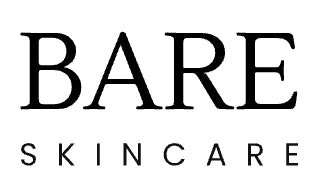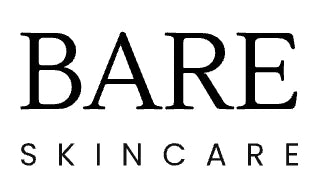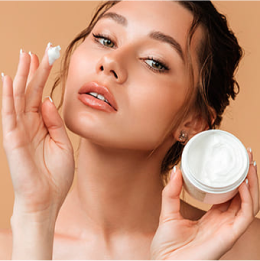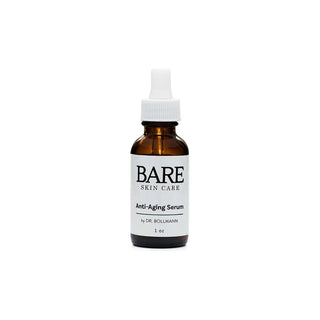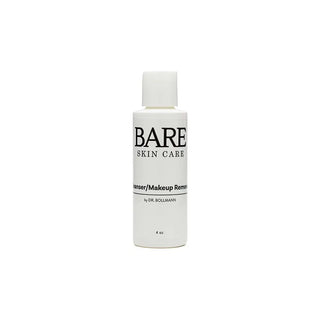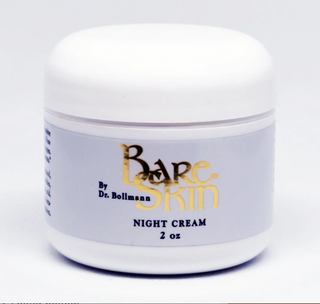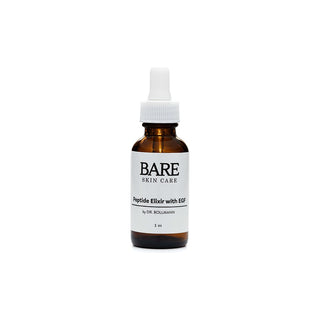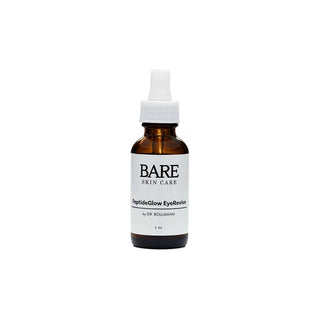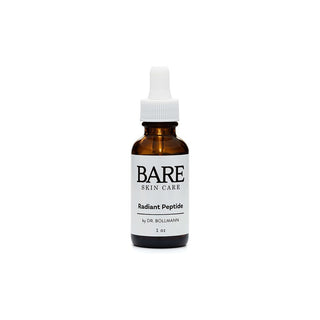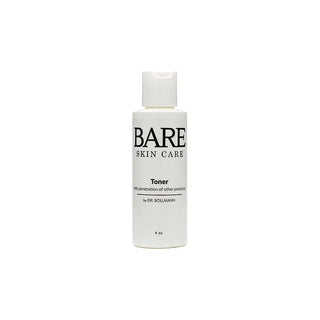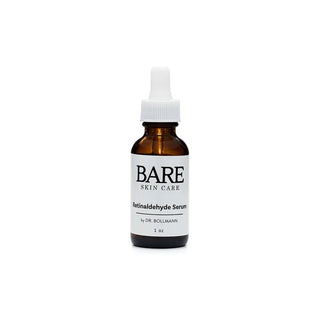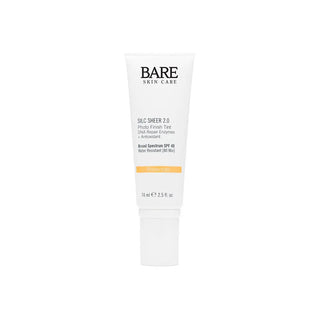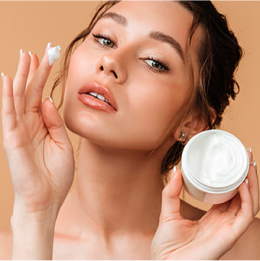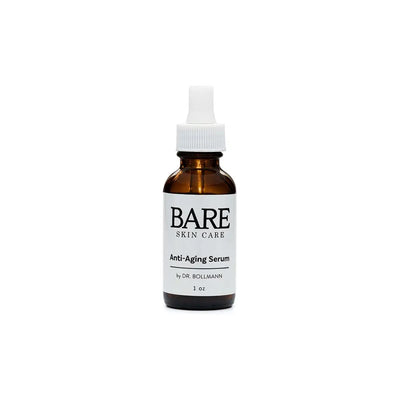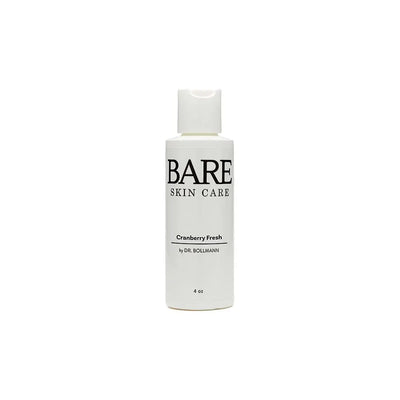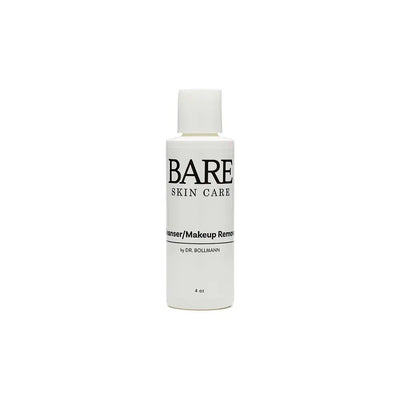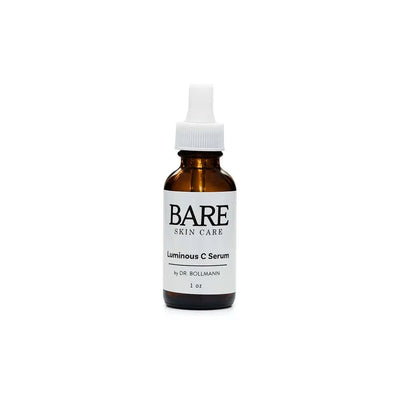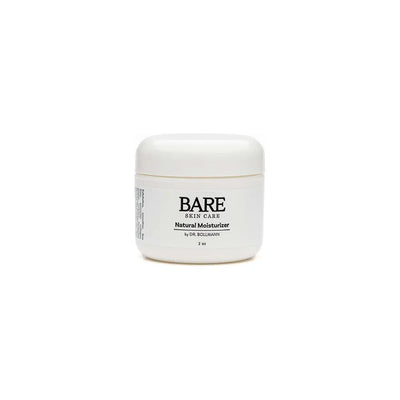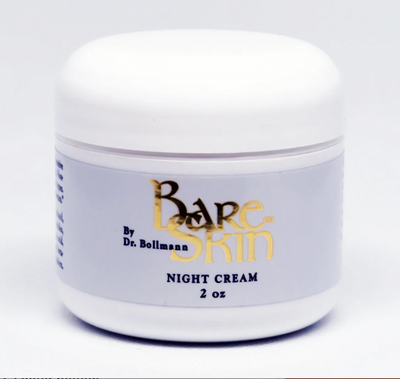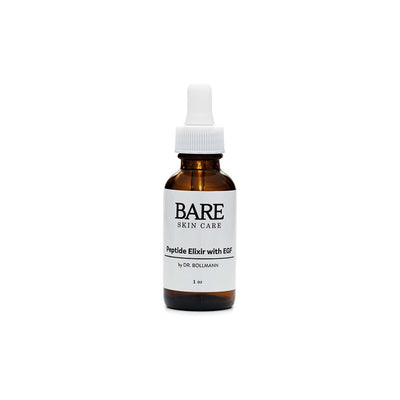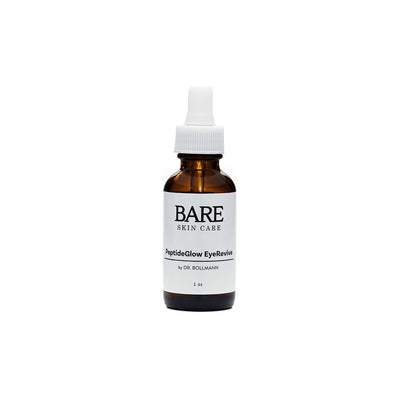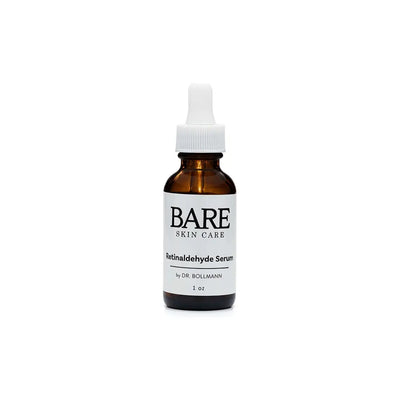One of my worst childhood memories was sunburn. It was even worse because I was only six years old and no one in my family knew what the problem was..
We were at the shore and Atlantic City, New Jersey for our yearly family vacation. When we returned to our rented house, I felt that bugs were crawling all over my body and I had severe itching. What made it worse was no one knew what to do to help me because we did not know the cause of the problem.
In retrospect, this was a case of severe sunburn. I was hot irritable and felt like bugs were crawling all over my skin.
One of the advantages of being a doctor today is knowing how to take care of yourself and your family. I found this actually to be a very big advantage not only for sunburn but for most other problems and if I did not know what a certain health problem was, I had colleagues I could ask and all were specialists. And as I got older. I had two daughters who were doctors. unfortunately, my son went into computers instead of becoming a lawyer which I could’ve used.
While playing Pickleball in Arizona and a temperature of 110°, I thought I could be of service to people by writing about sunburn and how to treat it. One of my first solutions to my problem of the intense heat was to play on an indoor Pickleball court.
Science of Sunburn
A sunburn is a form of radiation burn caused by overexposure to ultraviolet (UV) radiation from the sun. Two main types of UV radiation cause sunburn:
- UVA radiation: This type penetrates deeper into the skin and plays a major role in skin aging and wrinkling. It also contributes to sunburn, though to a lesser extent than UVB.
- UVB radiation: This type is primarily responsible for sunburn. It damages the DNA in the skin’s upper layers, triggering the body’s inflammatory response, which leads to redness, pain, and swelling.
The severity of sunburn depends on several factors, including:
- Skin type: Fairer skin types are more susceptible to sunburn due to less melanin, the pigment that provides some natural protection against UV radiation.
- Intensity of UV radiation: This varies depending on the time of day, season, altitude, and geographical location.
- Duration of exposure: Longer exposure times increase the risk and severity of sunburn.
The science behind sunburn involves complex cellular and molecular processes. When UV radiation damages the DNA in skin cells, it triggers a cascade of events, including:
- Activation of inflammatory mediators: These chemicals, such as prostaglandins and cytokines, cause blood vessels to dilate, leading to redness and swelling.
- Release of pain signals: Damaged skin cells release substances that activate nerve endings, resulting in pain.
- DNA repair mechanisms: The body attempts to repair the damaged DNA, but sometimes this process is imperfect, leading to mutations that can increase the risk of skin cancer. BARE SkinCare Silc Sheer Sunscreen has two DNA repair enzymes to help eliminate signs of UV damage.
While sunburn typically heals within a few days, the damage can have long-term consequences. Repeated sunburns significantly increase the risk of developing skin cancer, including melanoma, the most dangerous form.
It’s important to protect your skin from the sun’s harmful UV radiation by wearing protective clothing, using a broad-spectrum sunscreen with an SPF of 30 or higher, seeking shade during peak sun hours, and avoiding tanning beds.
Here is my advice as a physician on how to get ready to go into the sun for sports and general outdoor activities.
The first thing to do is to wear the proper attire; long sleeve shirts and pants are more appropriate than short sleeves. However, common sense applies when it’s too hot for these clothes and short sleeves and pants would be more appropriate because of the intense heat. Some clothing now contains UPF or ultraviolet protective factor these are now in many stores and beneficial available.
Hats are always a good idea and come in many varieties. use sunglasses to protect your eyes and the delicate skin around them preferably ones that block 100% of UVA and UVB rays.
Once you were properly attired, I would apply a good vitamin C serum on your face. Vitamin C supplements are also advisable.
Follow this with a good sunblock of at least 30% UVS, although for the Arizona son or like weather, I prefer one at least 50%. This will last longer. It should be realized, however, that sunblock only lasts at most two hours and should be replied after this period. Important: sun block should be used for ALL skin types and skin tones.
Consider taking an aspirin; so studies suggest that this may help reduce the risk of sunburn, although more studies are needed.
When outdoors, seek shade as much as possible walk on the shaded side of the street use an umbrella if necessary, and limit your time in the sun, especially between 10 AM and 4 PM when the sun rays are strongest. Take breaks in the shade or use it for protection.
Use sunglasses to protect your eyes: UV rays can have several negative effects on your eyes:
- Photokeratitis (Snow blindness): This is essentially a sunburn of the cornea, causing temporary pain, blurry vision, and light sensitivity. It usually resolves on its own within a day or two.
- Cataracts: Prolonged exposure to UV rays is a major risk factor for developing cataracts, which is a clouding of the lens of the eye that can lead to impaired vision and blindness.
- Pterygium: This is a growth on the conjunctiva, the thin membrane that covers the white part of the eye, that can extend onto the cornea and potentially interfere with vision.
- Macular Degeneration: While the exact cause is unknown, there is some evidence that UV exposure may contribute to this condition, which affects the central part of the retina and can lead to significant vision loss.
Other Recommendations:
Drink plenty of water to keep your skin hydrated and healthy. water containers are readily available and choose one that suits you. if you do have a water container, make sure it is cleaned frequently since these can carry germs if not properly cared for. Some containers are available with ultraviolet light to kill bacteria.
A diet, rich in antioxidants, such as fruits and vegetables, will help protect your skin from damage. Sun damage is the most frequent cause of skin aging.
Niacinamide a form of vitamin B three can help repair some damaged skin and reduce inflammation.
Apply aloe vera gel to sunburned skin and promote healing; prevention is key when it comes to sun damage.
By taking these precautions, you can protect your skin and enjoy the outdoors safely.
Symptoms of Sunburn:
Sunburn symptoms can vary depending on the severity of the exposure, but common signs include:
- Redness: The affected skin becomes red and inflamed.
- Pain and Tenderness: The skin may feel painful, tender, or warm to the touch.
- Swelling: There may be some swelling in the affected area.
- Blistering: In more severe cases, blisters can form on the skin.
- Peeling: After a few days, the skin may start to peel as it heals.
- Itching: The healing skin can become itchy.
- Dryness: The sunburned skin often becomes dry and rough.
- Fatigue: Severe sunburn can cause fatigue and weakness.
- Fever and Chills: In cases of extensive sunburn, you might experience fever and chills.
- Nausea: Sometimes, sunburn can cause nausea or dizziness.
Immediate steps if you do get sunburn
Get out of the sun, move indoors, or seek shade immediately to prevent further damage.
Take a cool, not cold shower or bath. You can also apply cool damp towels to the affected area for 10 to 15 minutes a few times daily.
Hydration is important, so drink plenty of water to help your body recover and prevent dehydration.
If you have symptoms of sun-sickness, such as dizziness, nausea, fever, chills, or sunburn over a large area, consider seeing a doctor if the symptoms persist. If you can, obtain an electrolyte-rich drink to replace any fluids and electrolytes lost. These are readily available in most stores.
Sun-sickness is no joke. On my first summer and Arizona after moving from New Jersey I was asked by a friend on the 4th of July to go to a baseball game. At the time, Phoenix did not have a major team and the game was played outdoors. After two hours in the sun, I had all the symptoms of sun sickness. My wife had to drive home while I crouched on the floor in the backseat with all of the symptoms mentioned above. Even though I was a physician, it never occurred to me that this was sun sickness until a colleague of mine mentioned it.
Other Tips:
Soothe the Skin
- Use aloe vera: Apply aloe vera gel or lotion to the sunburned area to soothe the skin and reduce inflammation. When looking for the best aloe vera lotion for sunburn, consider products that contain a high percentage of pure aloe vera and are free from harmful additives such as alcohol, fragrances, and dyes. One option: Lily of the Desert Aloe Vera Gel — contains 99% aloe vera; enriched with vitamins A, C, and E; free from parabens and artificial colors. Moisturizes, soothes sunburn, and helps repair damaged skin.
Moisturize: Use a gentle, fragrance-free moisturizer to keep the skin hydrated. Avoid using petroleum-based products as they can trap heat.
Hydrocortisone cream or lotion: Apply a low-dose (0.5%-1%) hydrocortisone cream to reduce redness and swelling. These are available over the counter in most stores. Lotions will be less irritating if sunburn is severe.
Relieve Pain and Inflammation
- Over-the-counter pain relief: Take ibuprofen or acetaminophen to help reduce pain and inflammation. Aspirin is also acceptable, as is Tylenol, which is more for pain than inflammation.
- Avoid further irritation: Wear loose, soft clothing that won’t irritate the skin, and avoid harsh soaps and exfoliants.
- Use a cool compress
Promote Healing
- Stay out of the sun: Avoid sun exposure until your skin has fully healed. If you must go outside, wear protective clothing and a wide-brimmed hat, and apply a broad-spectrum sunscreen with an SPF of 30 or higher.
- Monitor for severe reactions: Seek medical attention if you experience severe pain, blisters covering a large area, fever, chills, nausea, or dizziness.
Additional Tips
- Do not pop blisters: If blisters form, let them heal naturally to avoid infection.
- Avoid hot baths: Hot water can further irritate sunburned skin.
- Stay hydrated: Continue to drink plenty of fluids, especially water, to support the healing process.
By following these steps, you can help your skin heal more effectively and minimize discomfort from sunburn.
Do not hesitate to see your doctor if you have severe symptoms of sunburn or any related concerns.







